By Billy Miller, former Saints Tight End from Promax Nutrition
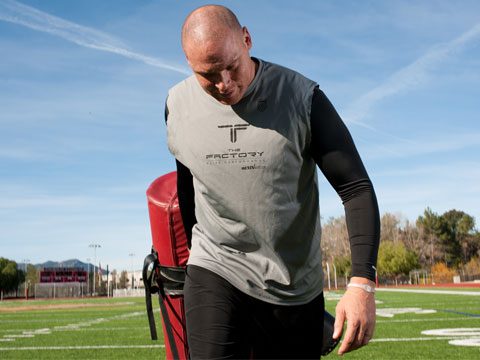
© BRIAN FINKE
At-home workouts can be hit or miss, depending on how hard you push yourself. Sometimes when you’re on your own, it’s hard to motivate to train hard -- and see major results. Here, Billy Miller offers his fitness secrets for women, straight from the NFL Combine -- the drills and physical tests the athletes perform before the season starts. Miller says, “Borrowing from the Combine can add a motivational piece to workouts that’s often missing—not to mention allow people to see just how strong and powerful these football players are. Of course, the whole family can try the tips I’ve listed here, and bring a whole new meaning to sibling rivalry.”

© JOHN HOWARD/DIGITAL VISION/THINKSTOCK
1. Swap high-intensity interval workouts into your weekly routine
Raise your heart rate (to 75%-90% of your max, depending on fitness level) for a short period of time (20 seconds to 2 minutes), then bring your heart rate back down to recovery (65% of heart rate max). Repeat this process: Beginners start with 2-3 times. Note: To find your estimated maximum heart rate: Subtract your age from 220.

© COMSTOCK/THINKSTOCK
2. Use a heart rate monitor to track your workouts.
Know how high you are getting your heart rate, and how quickly you’re recovering. (Fast recovery is a true sign of fitness.)
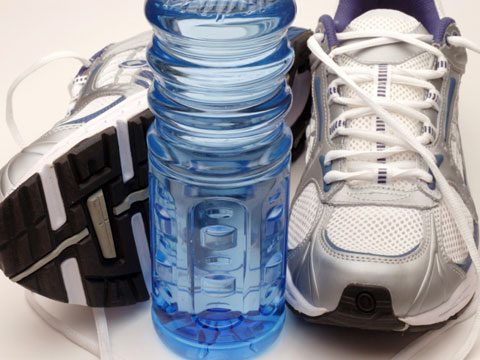
© ISTOCKPHOTO/THINKSTOCK
3. Stay hydrated.
Research suggests drinking half your body weight in ounces per day.

© ISTOCKPHOTO/THINKSTOCK
4. Get enough sleep.
Those eight hours are important for muscle -- and brain -- recovery.

© ISTOCKPHOTO/THINKSTOCK
5. Replenish your muscles.
I like to eat a Promax LS (Lower Sugar and natural sweetened with Stevia) bar 30-45 minutes post-workout to replenish the fuel (ATP) depleted from my muscles. Eating within this window of time helps you maintain an elevated metabolism.
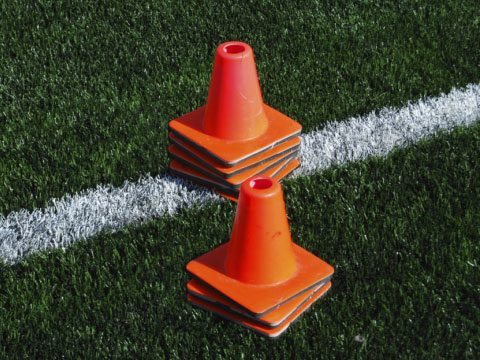
© ISTOCKPHOTO/THINKSTOCK
6. Drill yourself.
Instead of a using a treadmill or elliptical machine, set up cones or ladders on the floor, and do “athletic” drills to enhance your agility. The stop-and-go nature of these drills will burn more calories -- and help prevent injuries later on.

© GEORGE DOYLE/STOCKBYTE/THINKSTOCK
7. Get competitive.
Incorporate competitive drills into your fitness routine. Get a partner and compete against each other, i.e.: short races around cones, or games using balls. The healthy competition will motivate you and help stave off boredom.
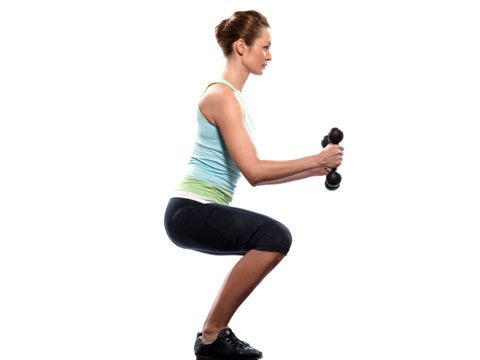
© ISTOCKPHOTO/THINKSTOCK
8. Go total body.
Use more total-body exercises, for example, a squat with dumbbells, to a bicep curl, then a press overhead versus just a stand-alone squat or bicep curl. You’ll burn more calories at once and do more in less time.

© JUPITERIMAGES CORPORATION
9. Take fish oil daily to decrease inflammation in the body and help enhance recovery.
You can buy it in easy-to-swallow capsules, you just have to look.
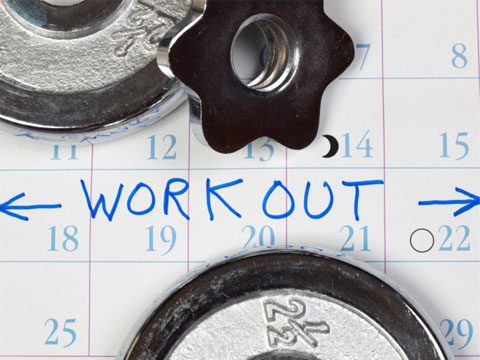
© ISTOCKPHOTO/THINKSTOCK
10. Plan your week so you have high, moderate and low-intensity workouts spread out through the week to balance your regimen.
Also, be sure to have one or two days dedicated just to recovery, where you perform yoga or other flexibility work. More is not always better. Without recovery, your body will secrete excess amounts of cortisol (stress hormone), which will cause your body to hold onto body fat and break down muscle tissue.
On a side note, if an individual works out for long periods of time at only low intensities, or only at high intensities, their cortisol levels will increase, causing the body to break down lean muscle tissue and hold onto body fat. They may lose body weight, but it is lean muscle tissue that they are losing, and not body fat. So, a person who weights 200 lbs with 30 % body fat can do excessive “cardio,” lose 20 lbs and still have roughly 30% body fat. Why is this important? They now weigh less but are actually fatter. Now they have a smaller body with roughly the same amount of body fat, which is a serious health concern. On the other hand, if they do high-intensity interval training and get proper recovery, they will then be in an anabolic state, leading to increased lean muscle tissue (giving you a good shape to your body), elevated metabolism and a healthier hormone profile.
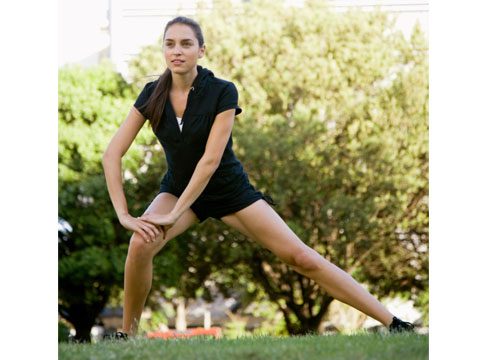
© GOODSHOOT/THINKSTOCK
11. Perform static stretches after your workouts, and warm-up with dynamic flexibility exercises.
A dynamic warm-up includes moves like squats and lunges performed using only your body weight, to increase circulation in your muscles and warm your body through its range of motion. Static stretches slow the muscle fibers, and are best saved for after a workout, to cool your body down.
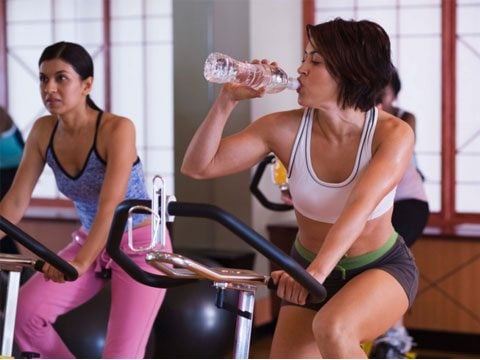
© JUPITERIMAGES/COMSTOCK/THINKSTOCK
12. Prevent plateaus by incorporating new workouts or exercises into your routine every two to four weeks.
Your muscles will have to adapt, forcing you to work harder and burn more calories. Try new fitness classes or simply swap a type of exercise -- like running -- with cycling for a few weeks.
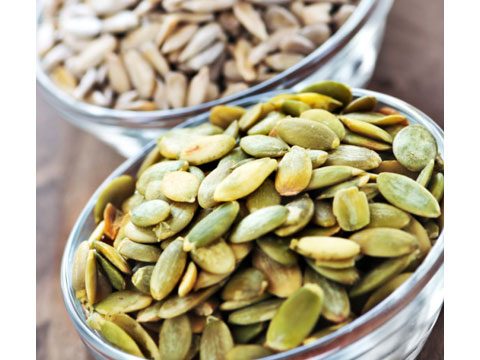
© ISTOCKPHOTO/THINKSTOCK
13. Add stealthy sources of protein to your food, to balance your meals and insulin (read: energy) levels.
Sprinkle seeds into soups or top a salad with them, for an extra boost of protein and Omega-3’s.
No comments:
Post a Comment